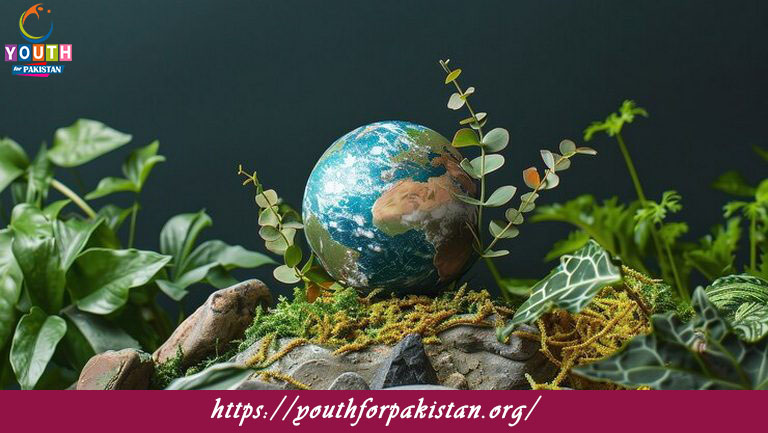Ecosystems and Biodiversity Quiz with Answers

Welcome to the Ecosystems and Biodiversity MCQs with Answers. In this post, we have shared Ecosystems and Biodiversity Online Test for different competitive exams. Find practice Ecosystems and Biodiversity Practice Questions with answers in Biology Tests exams here. Each question offers a chance to enhance your knowledge regarding Ecosystems and Biodiversity.
| Biodiversity and ecosystems are innate concepts to the health and stability of our earth. An ecosystem is defined as a dynamic network of living organisms, including plants, animals, and microorganisms, together with their physical environment. The interaction of these provides support for vital processes like energy flow and nutrient cycling in order to maintain living organisms. Biodiversity refers to the variety of life within an ecosystem, which enhances its resilience and productivity. High biodiversity ensures ecological resilience to and recovery from disturbances of any kind such as natural hazards, climatic changes, and human activities. They provide a wide range of species in which to make various ecological functions in the offering of ecosystem services in regions of pollination, water purification, and soil fertility. Amongst them are some diversified ecosystems that include forests and wetlands, grasslands, and oceans that contain unique ranges of species responsible for their functionality. Human activities-which range from cutting down trees and pouring polluting chemicals into water bodies to plowing under land to urbanize it-put a great strait on both ecosystems and biodiversity. These consequences include habitat destruction, extinction of species, and interference with the proper functioning of biological communities. Most solutions fall under protecting and rehabilitating the ecosystem. This serves in the role of maintaining biodiversity and aids in further providing for sustainable uses. Some of these forms include protected areas, habitat restoration, and sustainable agriculture. |
Ecosystems and Biodiversity Online Quiz
By presenting 3 options to choose from, Ecosystems and Biodiversity Quiz which cover a wide range of topics and levels of difficulty, making them adaptable to various learning objectives and preferences. You will have to read all the given answers of Ecosystems and Biodiversity Questions and Answers and click over the correct answer.
- Test Name: Ecosystems and Biodiversity MCQ Quiz Practice
- Type: Quiz Test
- Total Questions: 40
- Total Marks: 40
- Time: 40 minutes
Note: Answer of the questions will change randomly each time you start the test. Practice each quiz test at least 3 times if you want to secure High Marks. Once you are finished, click the View Results button. If any answer looks wrong to you in Quizzes. simply click on question and comment below that question. so that we can update the answer in the quiz section.
Download Certificate of Quiz Ecosystems and Biodiversity
On the end of Quiz, you can download the certificate of the quiz if you got more than 70% marks. Add a certificate to your job application or social profile (like LinkedIn) and get more job offers.
If you are interested to enhance your knowledge regarding English, Physics, Chemistry, and Computer please click on the link of each category, you will be redirected to dedicated website for each category.




